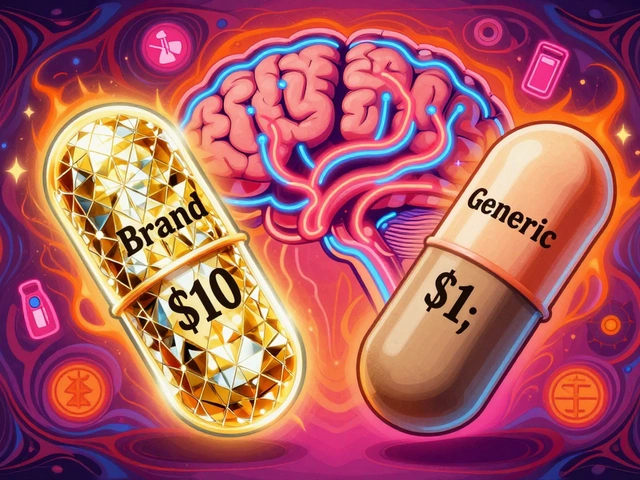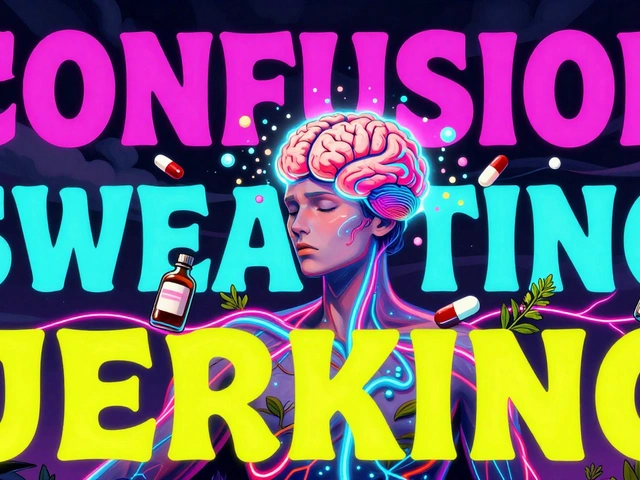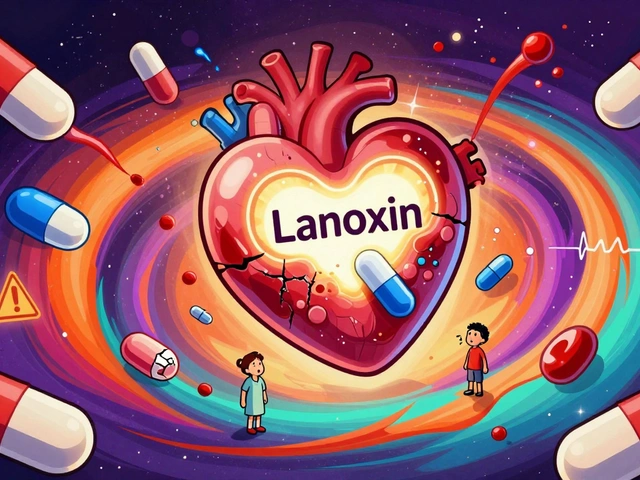Hypernatremia: Causes, Risks, and How Medications Affect Sodium Levels
When your blood sodium levels climb too high, you have hypernatremia, a condition where the concentration of sodium in the blood exceeds normal levels, often due to fluid loss or impaired thirst response. Also known as high sodium, it’s not just a lab number—it’s a sign your body is struggling to balance water and salt. This isn’t rare in older adults or people with chronic illnesses. It happens when you lose more water than sodium—through sweating, vomiting, diarrhea, or even just not drinking enough. But it’s also driven by drugs that mess with your kidneys’ ability to hold onto water.
Diuretics, medications that force your body to flush out extra fluid through urine are a major trigger. Loop diuretics like furosemide and thiazides are common in people with chronic kidney disease, a condition where kidneys slowly lose their ability to filter waste and regulate fluids. These drugs help reduce swelling, but if you’re not replacing fluids properly, they can push sodium levels dangerously high. Even something as simple as switching from one blood pressure pill to another can tip the scale. And when you combine diuretics with other meds that reduce thirst—like antipsychotics or some antidepressants—the risk multiplies.
It’s not just about drinking less water. People with dementia, stroke, or mobility issues often can’t reach a glass on their own. Infants and elderly patients are especially vulnerable because their bodies don’t signal thirst as clearly. Hypernatremia doesn’t always cause obvious symptoms at first—just mild confusion, dry mouth, or fatigue. But if left unchecked, it can lead to seizures, coma, or brain damage from rapid cell shrinkage. The key is catching it early, especially if you’re on long-term meds.
What you’ll find below are real-world stories and guides from people who’ve dealt with sodium imbalances tied to medications. You’ll see how diuretics for kidney disease, antibiotics, and even hormone treatments can quietly raise sodium levels. Some posts show how to spot the warning signs before it’s too late. Others break down which drugs are safest when your kidneys are already stressed. There’s no fluff here—just clear, practical info from patients and pharmacists who’ve seen this happen firsthand.
Hyponatremia and Hypernatremia in Kidney Disease: What You Need to Know
Hyponatremia and hypernatremia are dangerous sodium imbalances common in kidney disease. Learn how reduced kidney function causes them, why standard treatments can backfire, and what actually works to stay safe.





